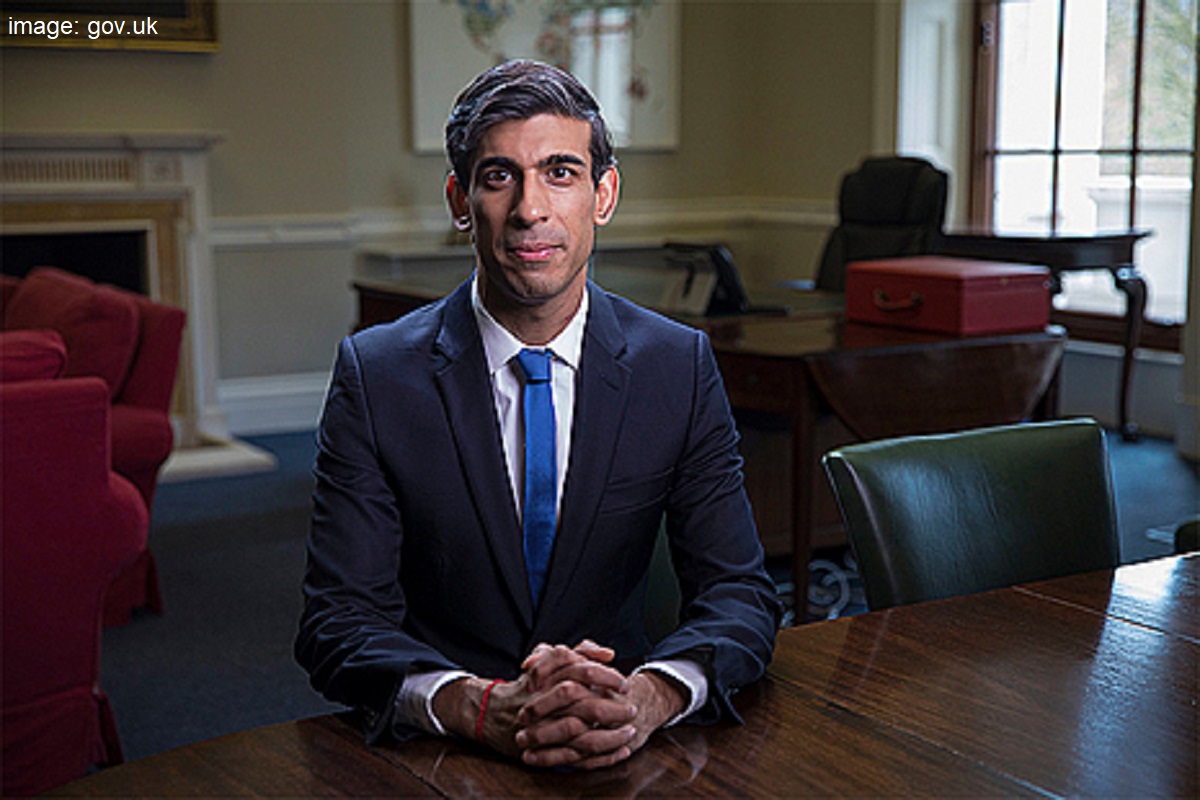Young workers and those at the bottom end of the income scale will be the hardest hit
Young workers and those at the bottom end of the income scale will be the hardest hit as employers continue to shed workers in the period before the end of the furlough scheme next month.

The chancellor’s multibillion-pound subsidy for part-time working will fail to prevent another one million workers losing their jobs by the middle of next year, leading economists have said.
Young workers and those at the bottom end of the income scale will be the hardest hit as employers continue to shed workers in the period before the end of the furlough scheme next month.
Rishi Sunak said this week that he expected many of the estimated 3 million workers currently on furlough would return part-time after the Treasury’s winter economic plan, which put in place a series of measures to underwrite the finances of the worst-hit businesses.
But the consultancy Capital Economics said the unemployment rate, which has been subdued while millions of workers remain on furlough, would probably rise towards 7% by the end of the year, implying that more than a million people would become out of work.
Ruth Gregory, a senior economist at the firm, said: “We suspect the effect of the government’s restrictions announced this week and the possibility of tighter restrictions in the coming months will outweigh any downward impact on unemployment from [Sunak’s] fiscal package.
“That’s why we expect the unemployment rate to rise further, to at least 7% by the middle of next year.”
Deutsche Bank economists also said they expected few employers would take up the scheme while Kallum Pickering, an economist at Berenberg, said employers needed a more generous subsidy to keep staff while restrictions on parts of the economy remained in place.
Last month the Bank of England forecast that unemployment would rise to 7.5% in a scenario that expected a second wave of the pandemic to be mild and most of the economy to be working near capacity.
Sunak cut the level of support from 60% of a worker’s wages in the final month of the furlough scheme to nearer 20% in his post-furlough plan, leaving thousands of employers in the hospitality, leisure and events industries to face increased costs while restrictions remain in place.
guardian.co.uk © Guardian News & Media Limited 2010
Published via the Guardian News Feed plugin for WordPress.

